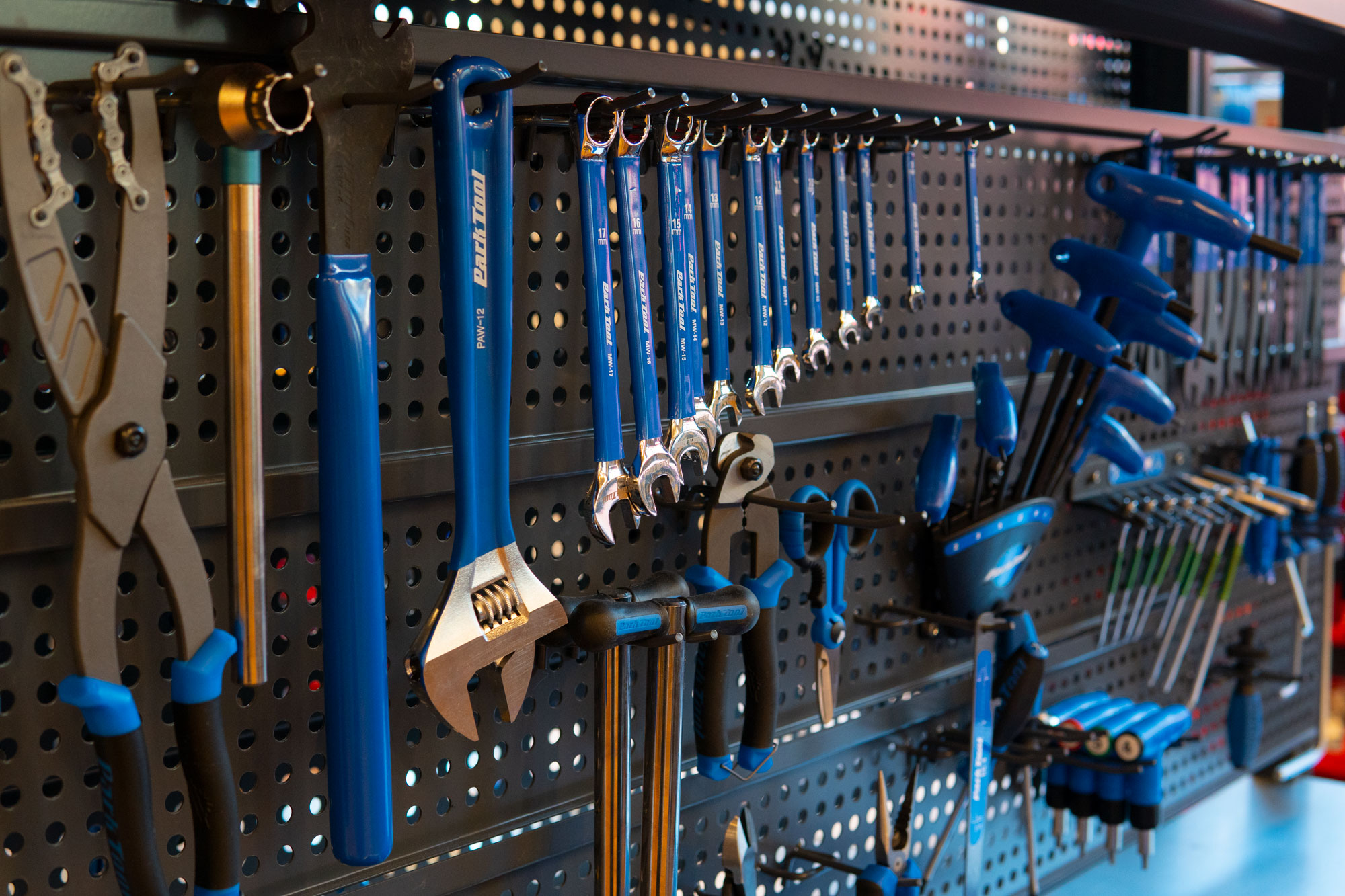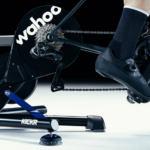When you first begin your love affair with riding bicycles, it can be easy to forget that as well as getting on and riding the thing, it also needs a bit of extra attention every now and then to keep things running sweet. It’s a sad fact of biking life, that the more time you spend together, the faster you’re going to need to replace or maintain your existing components! Below, we’ve highlighted a few of our mechanics’ top tips to keep your bike running well between services.
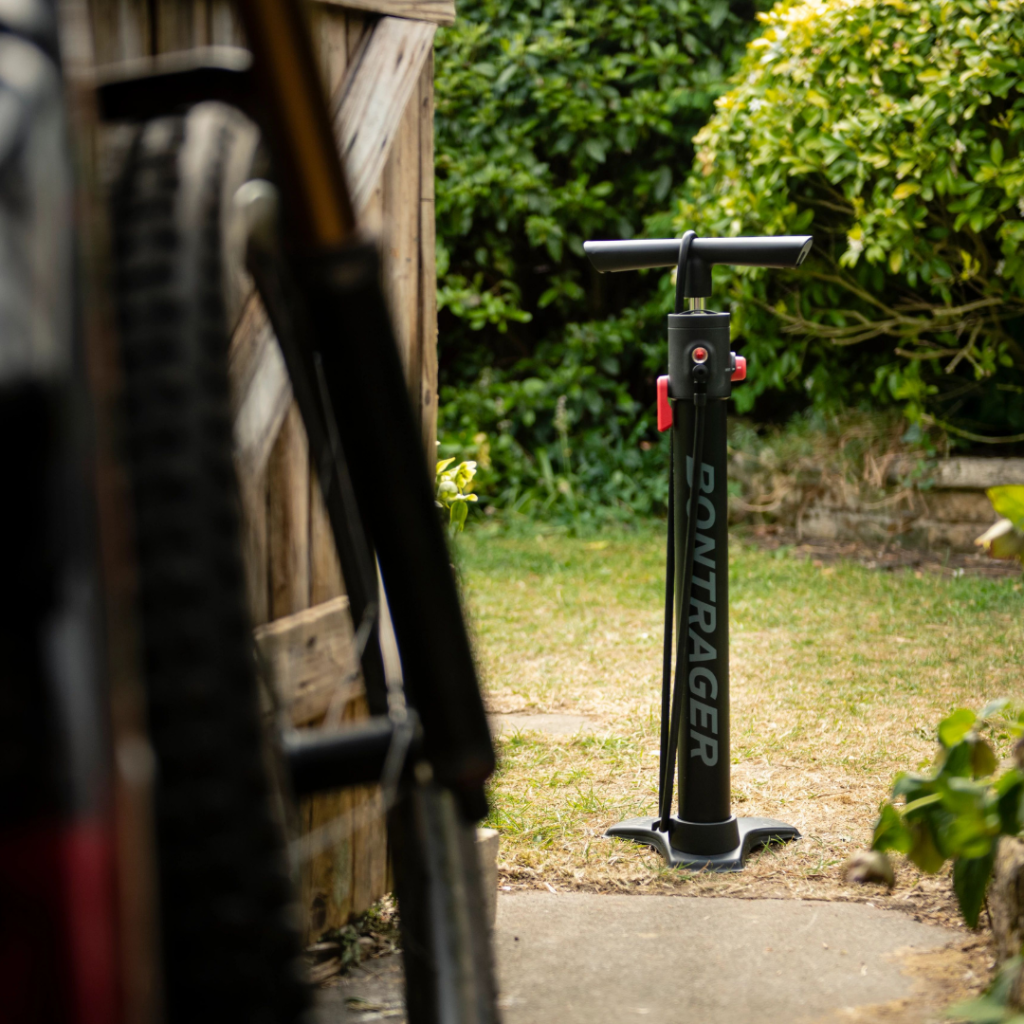
Keep tyres pumped to correct pressure:
One of the best ways to maintain your speed and avoid punctures on a bike is to keep the tyres pumped up to the correct pressure on a weekly basis. We often see cyclists riding their bikes with flat tyres and making life hard for themselves! Give your tyres a daily or weekly pressure check for optimum results. Definitely don’t leave them for more than a month as they absolutely will have gone down by then, making your ride far less enjoyable/efficient.
Buy a track pump or tyre pressure gauge.
Look after your Drive Train
Clean your chain as regularly as possible to maintain the best performance and increase longevity of your components. You can buy a chain cleaning tool for best results, but an old toothbrush will do the trick too. Use degreaser and then dry off with an old rag. Re-lube your chain and you’re good to go!
Ideally you should change your chain roughly every 500-800 miles, meaning you get around 3 chains per one cassette’s life span. This way you’ll maintain great shifting performance!
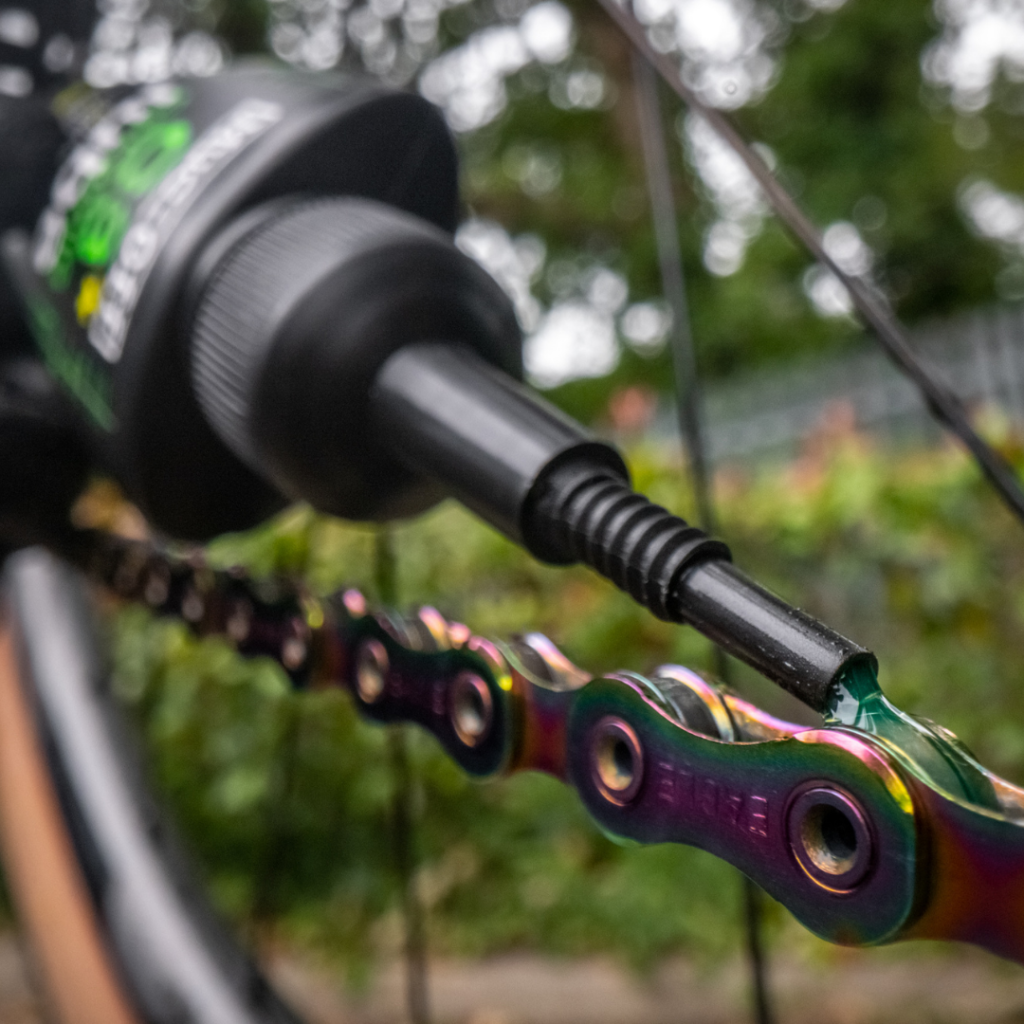
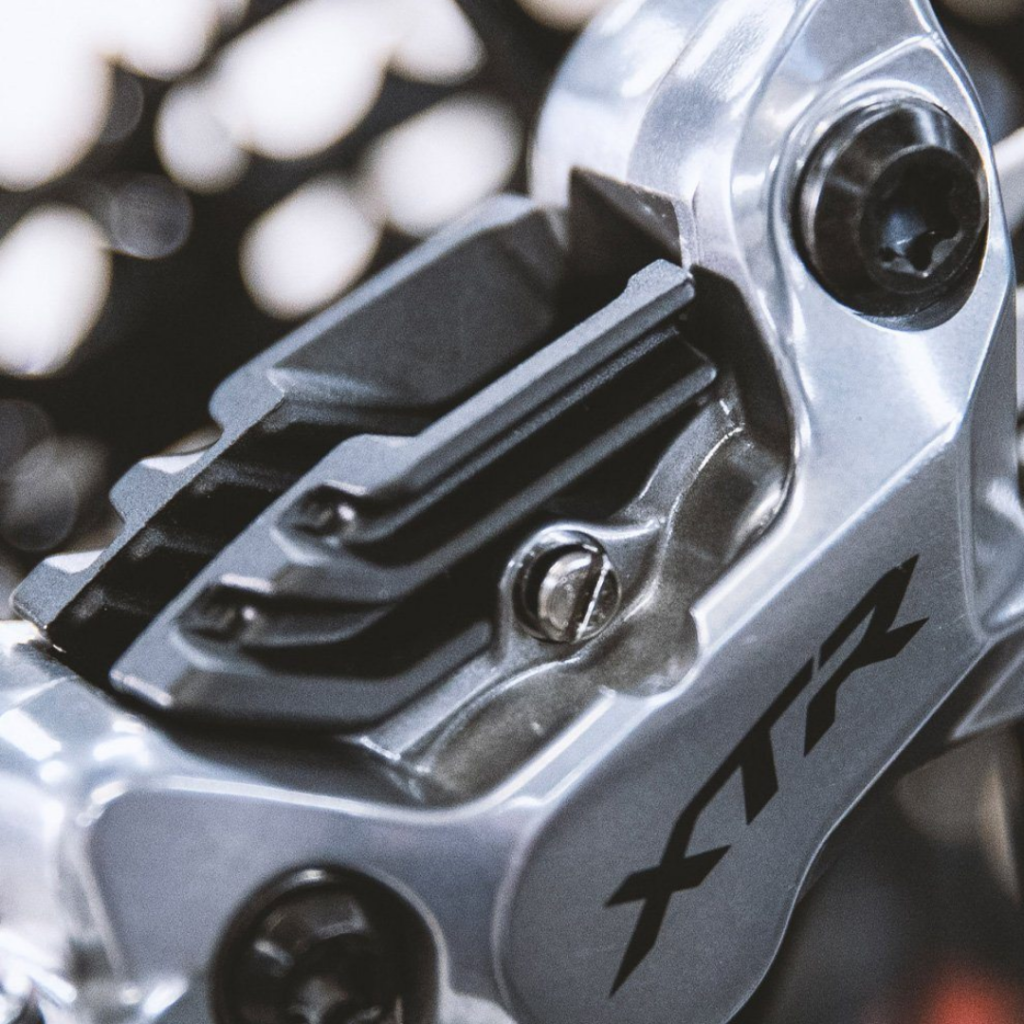
Check your brakes regularly
Disc brakes: Check the pads and see how much surface is left (don’t let them run down to the metal backing). If they feel spongy they may need bleeding due to air in the system, if they are squealing then the pads may need replacing due to contamination (oil, road grime on pads etc). If the pad is rubbing against the disc when riding, the calliper may need adjusting.
Rim brakes: Check the pads to see how much surface is left (again don’t let them run down to the metal backing). If they feel spongy the brake cable may need changing.
The M Check:
We would recommend that all riders learn how to do a basic M check on their bike before heading out on the road or the trails. Check out this short video for more info:
The M check will help you work your way through your bike assessing if everything will work safely, and if anything needs further attention before riding.
We hope you found these tips helpful, but if you do need any extra advice please feel free to pop in to any of our stores, or you can contact our support team here.

